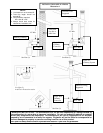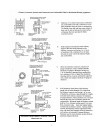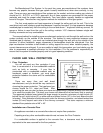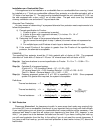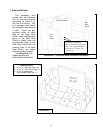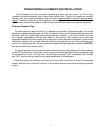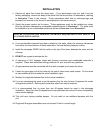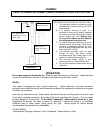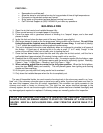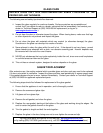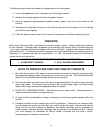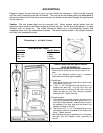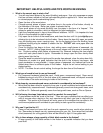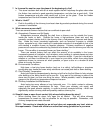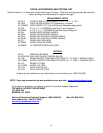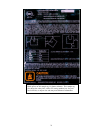
14
FIRST FIRE –
Remember to ventilate well.
Allow the stove to cure before burning for long periods of time at high temperatures.
Flat spots on the painted surface are normal.
Shiny spots on the painted surface (before burning) are normal.
Call Technical Support at (800) 245-6489 if you have any questions.
BUILDING A FIRE
1. Open the air inlet control and installed damper fully.
2. Place a small amount of crumpled paper in the stove.
3. Cover the paper with a generous amount of kindling in a “teepee” shape, and a few small
pieces of wood.
4. Ignite this fuel and close the door most of the way (leave it open slightly).
5. Add larger pieces of wood as the fire progresses, being careful not to overload. Do not fill the
firebox beyond the firebrick area, as this may result in over-firing. A coal bed of (ideally)
1” to 2” should be established to achieve optimum performance.
6. This unit is designed to function most effectively when air is allowed to circulate to all areas of
the firebox. A good way of achieving this is to rake a small (1” to 2” wide) “trough” in the
center of the coal bed, from front to back, prior to loading the fuel.
7. Once fuel has been loaded, close the door and fully open the air inlet control, until the fire is
well established (approximately 20 minutes), being careful not to over-fire.
8. Readjust the air inlet control to the desired burn rate. If excessive smoke fills the firebox, open
the air inlet control slightly, until flames resume and the wood is sufficiently ignited. Basically,
Closed = “Low;” ½ Way Open = “Medium;” and Fully Open = “High.”
9. When refueling, adjust the air control to the fully open position. When the fire brightens,
open the door VERY slowly and carefully. This will prevent gases from igniting and causing
smoke and flame spillage.
10. At this point you may add fuel, being careful not to overload.
11. Only close the installed damper when the fire is completely out.
The use of flammable liquids, too much wood or burning trash in the stove may result in an “over-
fired” unit. If the chimney connector pipe or stove turns red or white, the stove has been over-fired. In
the event this happens, close the air control immediately! This condition can ignite creosote in the
chimney and cause a house or chimney fire. This type fire can cause structural damage to the
chimney system; do not use the stove again until the entire system has been checked thoroughly and
any damaged parts repaired or replaced. A chimney sweep can normally perform this inspection.
NEVER USE GASOLINE, GASOLINE-TYPE LANTERN FUEL, KEROSENE, CHARCOAL
LIGHTER FLUID, OR SIMILAR LIQUIDS TO START OR ‘FRESHEN UP’ A FIRE IN THIS
HEATER. KEEP ALL SUCH LIQUIDS WELL AWAY FROM THE HEATER WHILE IT IS
IN USE.



